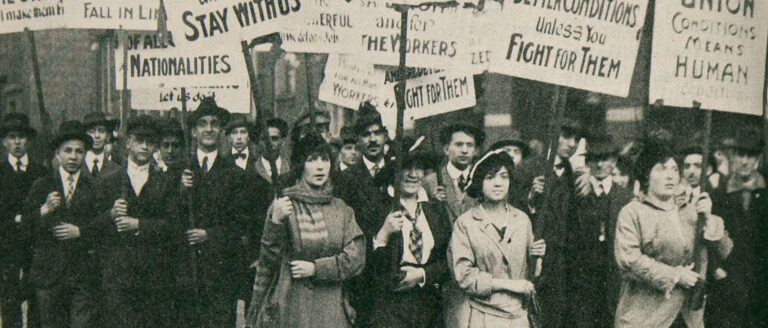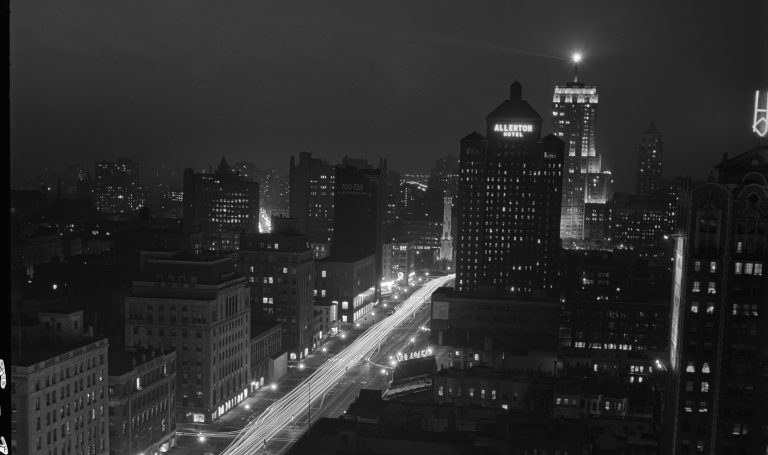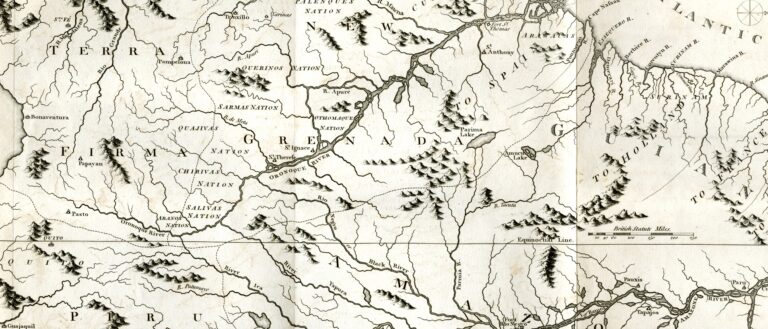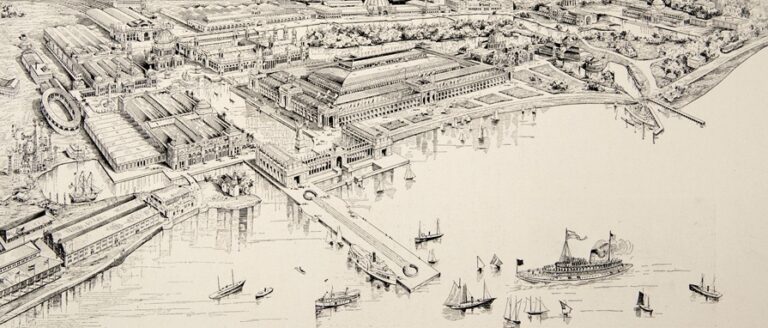
What were working conditions like in Chicago during the late nineteenth and early twentieth centuries? What efforts did workers make to change these conditions? How did industries—and the public—respond to their demands?

How have writers and artists portrayed the city of Chicago? How did they respond to the city’s changing population and character during the nineteenth and twentieth centuries?

How does Behn’s novel Oroonoko compare to other representations of race, slavery, and colonialism in the seventeenth and eighteenth centuries?

What did visitors to the World’s Columbian Exposition experience? How did the Exposition’s White City compare to the actual city of Chicago?

What is the history of political radicalism in Chicago from the 1880s through the 1950s? How did the government and the public respond to radical movements?






